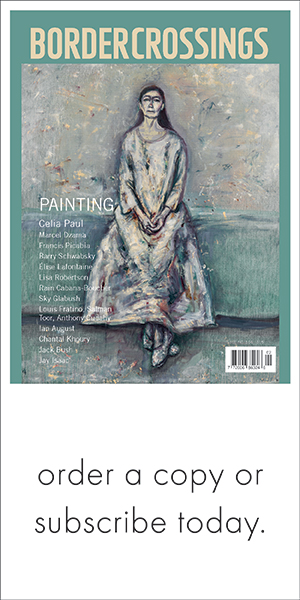In the mid-1950s, I was a high schooler living in a big old house in Providence, Rhode Island. My father, Harcourt Brown, a professor of French at Brown University, had a study that overflowed with books. And my adjacent bedroom was in the floodway. So he and my mother, Dorothy Stacey Brown, created an attic suite for me by blending two adjoining rooms into one.
As I moved long-unopened boxes into closets, I was startled to discover a large cache of my mother’s writings. I had no idea that she had been an author in the years before I came along. After graduating from the University of Toronto, in 1923, she wrote columns for Eaton’s News Weekly and placed a few short pieces in the Toronto Star Weekly and Saturday Night. Then, as the stock market crashed in 1929, my parents moved to New York, where my father undertook doctoral studies at Columbia. My mother became the main breadwinner, contributing to such magazines as Better Homes & Gardens and House Beautiful and rushing each cheque to the bank in case the publishers suddenly failed. In 1935, my father became a professor at Washington University, in St. Louis, and with the new financial security, she became more experimental and creative in her writing.
Over the years, I sometimes browsed through her files, but she always seemed dismissive of the work — as if it never amounted to much. After she died, in 1986, my father catalogued the contents in some detail, but only recently did I delve into the material myself and begin to realize what my mother was up to all those decades ago. In particular, I found myself reading and rereading a yellowed typescript, a mystery novel of almost 200 pages in an old brown binder.
My mother’s most active writing years were 1935 and 1936. Like many authors, she had her share of rejections. But in April 1936, a short story that she titled “No Story” won first prize in a national contest held by The Writer. Buoyed by the success, she took up a new challenge: a “Mystery-Detective Prize Novel Competition” launched by Dodd, Mead and Company, publishers of the famed Red Badge mystery series. The deadline was July 31, and the specifications were strict. Manuscripts had to focus on a grave crime —“murder or potential murder”— and a detective had to be “the intellectual hero of the case.”
My mother started writing almost every day, even as my parents completed plans for fleeing from humid St. Louis each summer. An old friend had helped them purchase a small island in Georgian Bay, just south of Parry Sound, where they arranged for a precut Aladdin cottage to be delivered. While my father supervised its construction, my mother settled in at a nearby friend’s place, with typewriter and cat, and typed and retyped vigorously.
She told the story of Michael Pierce, an FBI man (also a writer) on vacation in Brittany, travelling incognito for safety reasons. He finds himself solving the murder of an English archaeologist, who had provoked the locals by digging among the ancient megaliths of Carnac (the victim meets his demise on a huge dolmen). The place was familiar territory: my parents had bicycled all over Brittany for their wedding trip in 1927.
The novel is engaging in its portrait of Breton life and culture, and it is absorbing and suspenseful as a mystery. But, on returning to St. Louis, the author learned that she had not won the prize. Her detective was probably not heroic enough for the Red Badge series, and the judges may have been put off by her use of local colour. For a time, she poked at revisions, but eventually she set the manuscript aside.
Earlier this year, I tried running optical character recognition on the typescript, but the paper was too old. So I transcribed the whole text on my laptop — which took several days and allowed for quite close reading. My mother was an excellent stylist, but she of course lacked our digital tools for edits and corrections. I treated her gently, added a prologue to help set the stage, and independently published Murder among the Standing Stones with Amazon.
Dorothy Stacey Brown had stopped writing by the time I was born. The war, frozen professors’ salaries, and minimal expectations and opportunities for faculty wives had dampened her ambitions. But my parents gave me opportunities that she never had. This book is a small return on that investment.
Jennifer S. H. Brown is a professor emeritus of history at the University of Winnipeg. She lives in Denver.

